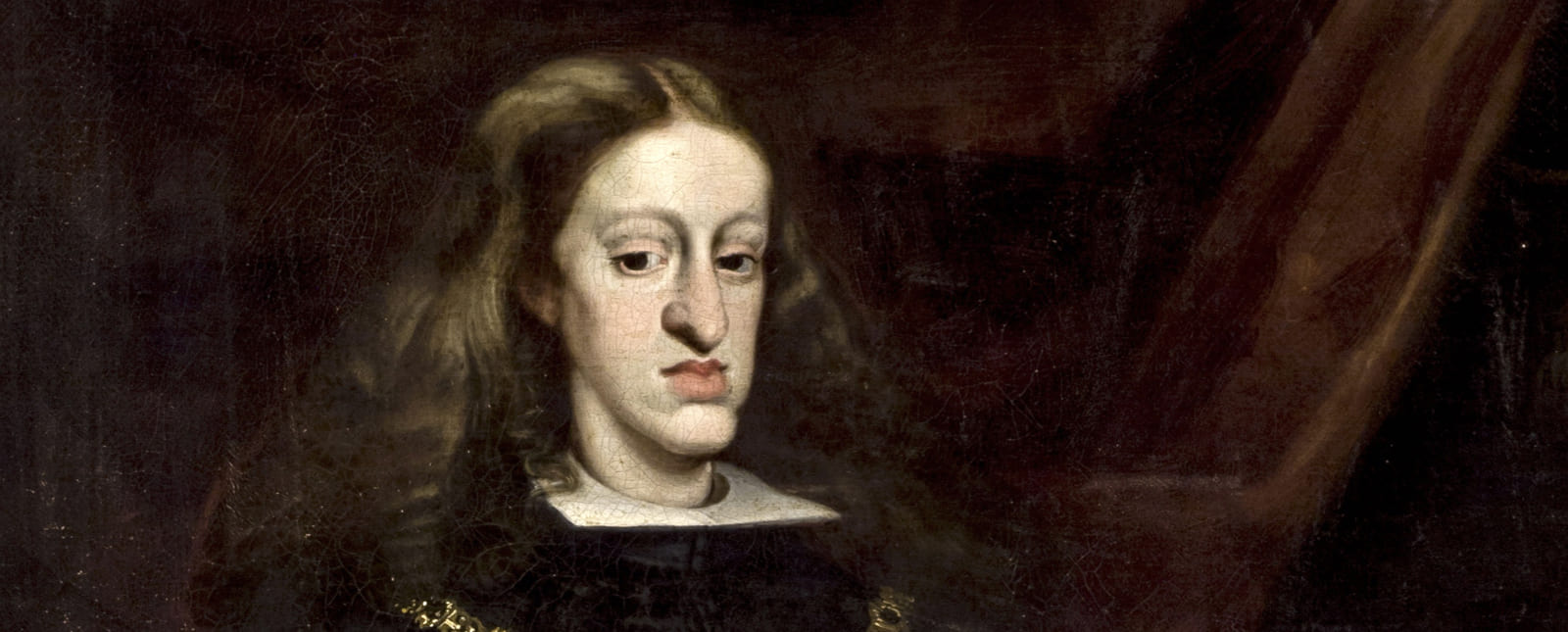Blog Post Module 6: Inbreeding
First off, inbreeding is "the production of offspring from the mating or breeding of individuals or organisms that are closely related genetically," according to Wikipedia.org. This means that inbreeding can occur between members of the same family and because of this mating, there is a higher change of gaining recessive mutations. Many disorders related to inbreeding comes from the higher likelihood of recessive disorders.
Now, let's discuss some possibly benefits of inbreeding that could result in assortative mating. Assortative mating occurs when individuals with similar phenotypes mate with one another more frequently than the expected pattern of random mating. For example, if a certain trait is beneficial in a population and enhances an individual's overall fitness, two individuals with that trait are more likely to mate and create offspring with the same set of traits. This pattern of mating ensures that the offspring of a population will also be fit. These offspring will be more likely to survive and mate with other offspring as a result of assortative mating.
On the other hand, as I mentioned above, there are also great risks of inbreeding. Assortative mating is not always a good thing, as it implies that individuals with similar genotypes are mating with each other, which enhances the likelihood that offspring will gain recessive mutations. Many of these recessive mutations do not result in greater fitness either. In fact, it is quite the opposite. Humans, who are knowledgable of the consequences of inbreeding, tend to avoid mating with individuals who are closely related to them. Some examples, however, of the disorders that inbreeding in humans can cause are blindness, hearing loss, neonatal diabetes, limb malformations, disorders of sex development, schizophrenia, and many others.
In essence, there are many advantages and disadvantages to inbreeding and assortative mating in a population. While some "fit" traits are more likely to be passed down as a result of inbreeding caused by assortative mating, many life-threatening disorders may arise as well. Here are some pictures of disorders that can be caused by inbreeding: 
Above is a picture of a deformity caused by Royal Family inbreeding.

These pictures are not meant to make fun of anyone with a disorder as a result of inbreeding. They are simply meant to inform and convey the possible genetic mutations and deformations that can arise as a result of inbreeding. In essence, the more we know about the topic of inbreeding, the more we can learn about safe mating practices and reducing risk of inbreeding in various species and populations.
Works Cited
https://www.themoose1007.com/problems-caused-inbreeding/
https://culturacolectiva.com/history/crazy-diseases-caused-by-royal-inbreeding
https://www.quora.com/Why-does-inbreeding-in-animals-not-cause-genetic-abnormalities-as-in-humans
https://en.wikipedia.org/wiki/Inbreeding

Good insights, Casey! But be careful when talking about the origins of assortative or disassortative mating. Remember, natural selection can't see genotype. Two individual organisms usually don't have the sentience to say, "Hey, we both have this great recessive allele! We should mate so we can pass it on to our children!" So how, then, might assortative or disassortative mating evolve? (Think about sexual selection and phenotype - what might spur organisms to mate with others that do or do not look like themselves? What environmental causes might spur such behavior?)
ReplyDeleteHello,
ReplyDeleteI really like the way that you explained the associative mating part of inbreeding and the way that recessive alleles present themselves. It was easy to follow and very informative. Going on and explaining the disorders that can arise was great because it becomes very applicable to current issues that can arise with humans. I think often when studying these topics, we assume it wouldn't effect humans because we can manipulate every aspect of our environment. But inbreeding is a problem in some parts of our society and can cause disorders. Understanding these disorders is important in both a genetic and medical standpoint.
This is a great post! I like how you talked about the alleles themselves, I did not read about that but found that to be very interesting. I learned more from this, from when I wrote mine. I also wrote about how this can cause disorders and I enjoyed having examples shown. Great work.
ReplyDeleteI had no idea that inbreeding could cause neonatal diabetes. I wonder which allele is responsible for that expression? Another thing that I liked about your post was the benefits and downfalls of inbreeding. In class we talked about some examples, but it was surprising to me when I heard that there are benefits of inbreeding. I always assumed it was a negative thing because of all the scary risks and stories you hear about animal populations who have resorted to inbreeding.
ReplyDeleteHi Casey I like your blog post. Fun facts about the first picture used to show disorders caused by inbreeding that I just happen to know. That person is Charles II of Spain and his long list of deformities and defects included being sterile, having an enlarged tongue which made it difficult for him to eat, drink and talk, he was epileptic, and he had an inbreeding coefficient of .25 which is incredibly high.
ReplyDelete